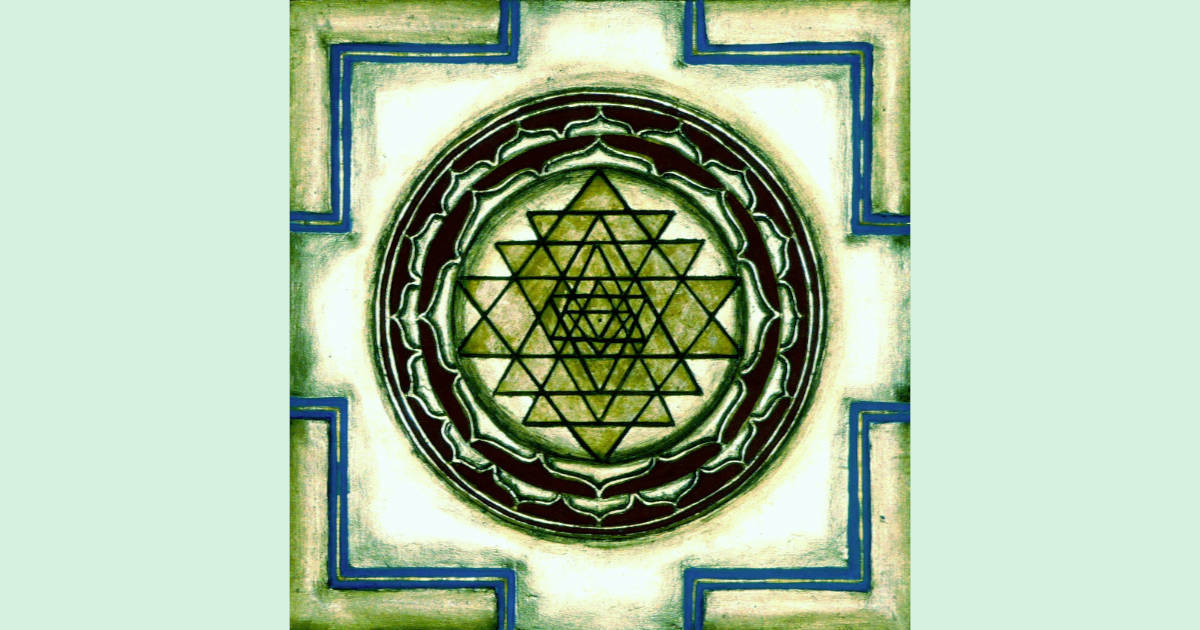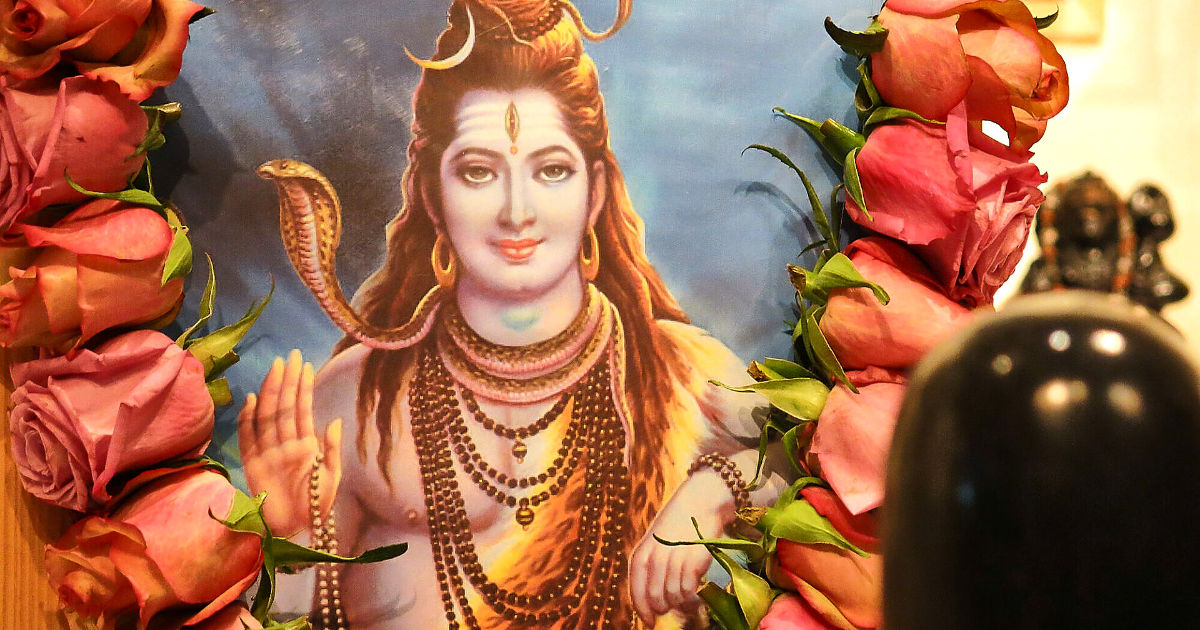The trishul in Shiva’s right hand represents the three Gunas – Sattva, Rajas and Tamas. It is his emblem of sovereignty. He rules the universe through these three gunas. The damaru in his left hand represents the Sabda Brahmin (transcendental sound). Continue reading
Tag Archives: swadhishthana
195 – Mesmerizing colours
Who does not love the colours of the seasons? There is no misunderstanding and there are no clashes. In the Hindu tradition, we have different colours for different days of the week. There are numerous arguments on the subject. Continue reading
187 – The thousand names of Devi
Lalita Sahasranama means the thousand names of the Goddess Lalita. The thousand names of Devi are chanted in adoration and salutation to the goddess. How would we describe the nature of the Shakti of Lalita. The word Shakti comes from the root shak, which means the divine power by which the universe is created, maintained and destroyed. Shakti and Shaktiman both mean the ruler and controller of the power. Continue reading
170 – Om Namah Shivaya
Om Namah Shivaya means, ‘I salute Shiva,’ and ‘I bow down to Shiva.’ According to Swami Niranjanananda Saraswati, there are six different mantras in Om Namah Shivaya: Continue reading
147 – The impact of sadhana on our elements and chakras
I have shared my understanding about the elements and chakras and how they affect our spiritual growth. We address our five senses, auditory, tactile, visual, gustatory and olfactory through the process of pratyahara. Our senses are constantly functioning, and our thinking is influenced by them. Continue reading
143 – The effect of water element on our own abode
The water element and the swadhishthana chakra are closely connected. This element is associated with passion, and has four qualities, sound, touch, form, and taste. The swadhishthana (one’s own abode) chakra works on our creativity, fantasy, jealousy, and sexuality. It also works on all our fluids, from the sperm to menstrual blood. We are working on our prana, balancing it so that it can clear our water element and chakra. Continue reading
135 – How can we perform a Puja
There are five elements which comprise our offering to the deity. I write deity for the God as statue or image is a word used by persons who do not recognize the divine status. The puja can be conducted physically or mentally. Continue reading
131 – Remember and learn from your Gurus
We should try to remember our main Guru every day. Yesterday I wrote about the 24 gurus who gave Dattatreya, the son of the Holy Trinity, wisdom. The point this sage who lived thousands of years ago was making that we can learn discernment from anybody, be they humans or animals. He spoke about the elements which compose our mind, body and the universe. When we seek insight we have to purify ourselves. Continue reading







